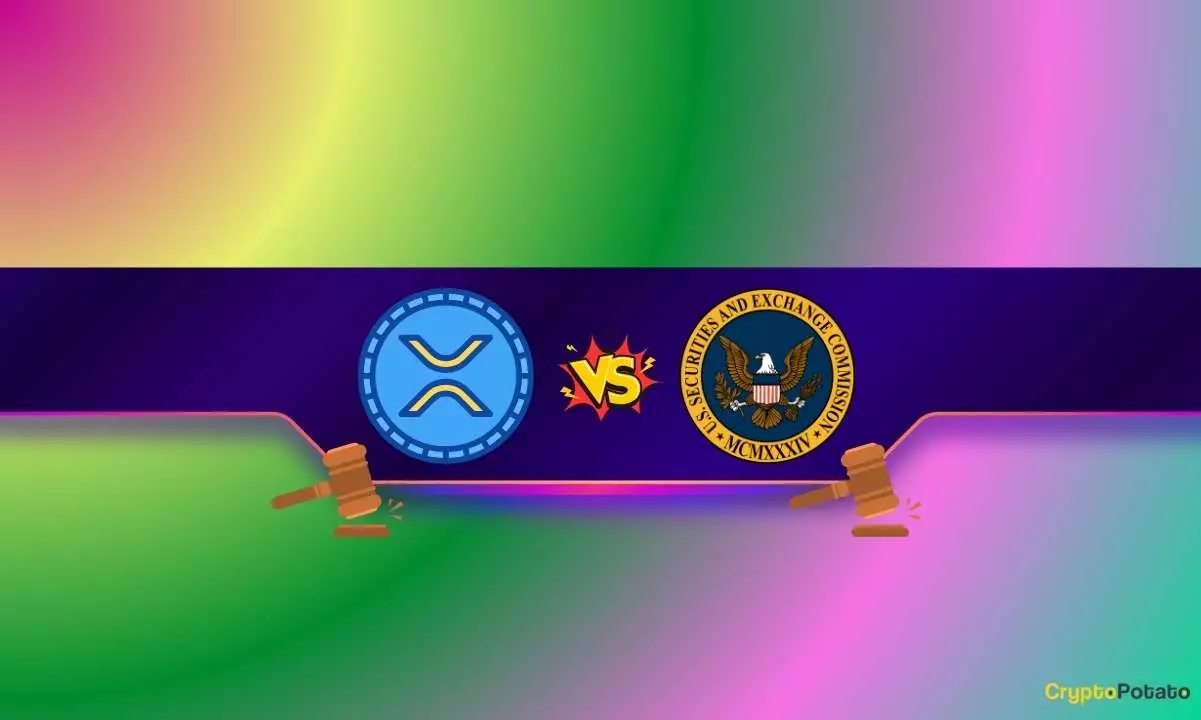The protracted legal battle between Ripple Labs and the United States Securities and Exchange Commission (SEC) has drawn attention from not only blockchain enthusiasts but also legal experts, financial analysts, and regulators. For over four years, this lawsuit has held the potential to define the regulatory landscape for cryptocurrency, especially concerning the classification of digital assets as securities. Ripple’s case is emblematic of the broader challenges the crypto industry faces in navigating a nebulous regulatory environment dominated by shifting policies and interpretations.
Recent events suggest that a resolution to the Ripple-SEC saga may be on the horizon. A noteworthy development is the SEC’s Sunshine Act meeting scheduled for February 27, which will address multiple issues, including discussions surrounding Ripple’s native token. The anticipation surrounding this meeting has escalated after analysts emphasized it would also cover Bitwise’s application for a spot XRP exchange-traded fund (ETF). The approval of such an ETF could introduce a monumental shift in the SEC’s stance, signaling a more accommodating approach to the crypto sector—a stark contrast to the previous administration under Gary Gensler, known for its aggressive enforcement actions.
The new SEC leadership, spearheaded by Mark Uyeda since Gensler’s resignation, reflects a potential pivot in regulatory attitudes. Under Uyeda, the agency has opted to dismiss lawsuits against prominent crypto platforms like Coinbase and Uniswap and has paused proceedings against Binance, hinting at a broader willingness to engage with industry participants more positively. Ripple supporters, often dubbed the “XRP Army,” are increasingly optimistic that the resolution of their case is imminent.
However, the Ripple case is not merely a straightforward dispute. Legal experts, including Jeremy Hogan, note that the intricacies involved set it apart from other cases the SEC has handled. Rather than an outright dismissal, Hogan predicts a more nuanced resolution, likely a settlement that could acknowledge some violations while enabling Ripple to continue its operations. The court’s imposition of a $125 million fine demonstrates a recognition of these complexities, creating a precarious balancing act for Ripple’s leadership.
Media outlets and analysts have pointed out that despite the potential liabilities, Ripple executives are willing to comply with the court’s rulings. However, this willingness is juxtaposed with the SEC’s choice to appeal, thereby complicating the narrative and extending the timeline for resolution. Analysts underscore the importance of this legal precedent, which could influence future regulatory frameworks and the relationship between cryptocurrency firms and government agencies.
As the industry awaits the outcomes of the Sunshine Act meeting and any developments arising from Ripple’s legal challenges, stakeholders must brace for evolving regulatory landscapes. The Ripple case is a touchstone that could illuminate paths forward for other cryptocurrencies facing similar scrutiny. As regulators and industry players navigate these waters, the potential for a more harmonious relationship seems plausible, fostering innovation while ensuring investor protections. The shifting dynamics hint at a turning point, leaving many to ponder what the outcome will mean for the future of digital assets in the United States.


Leave a Reply